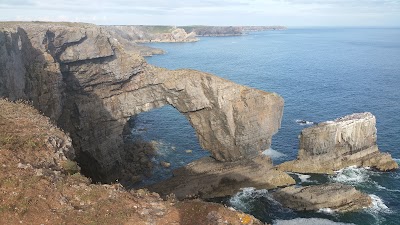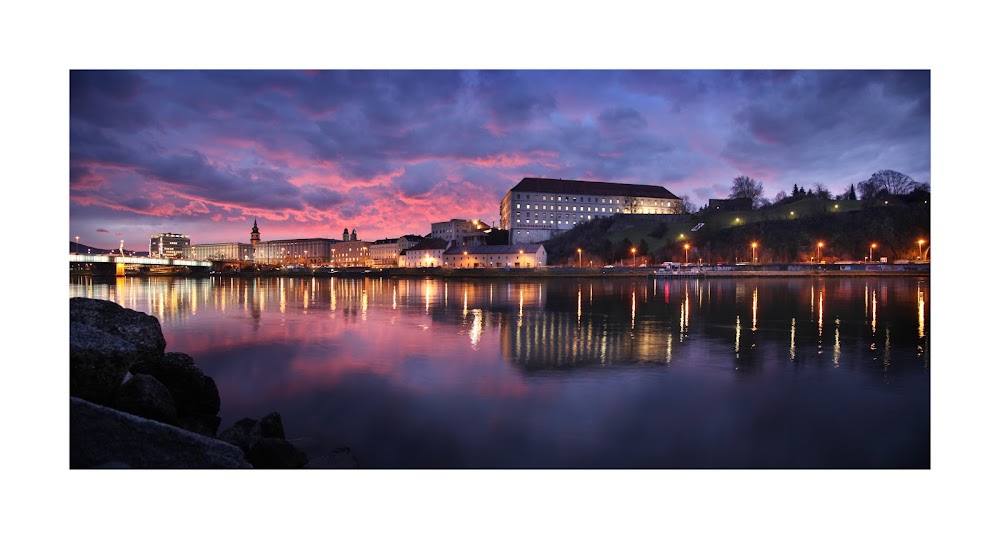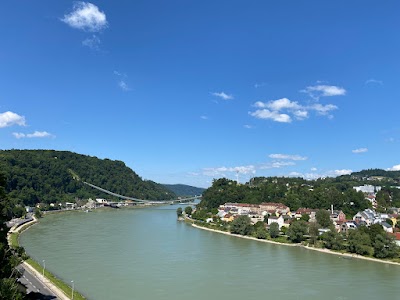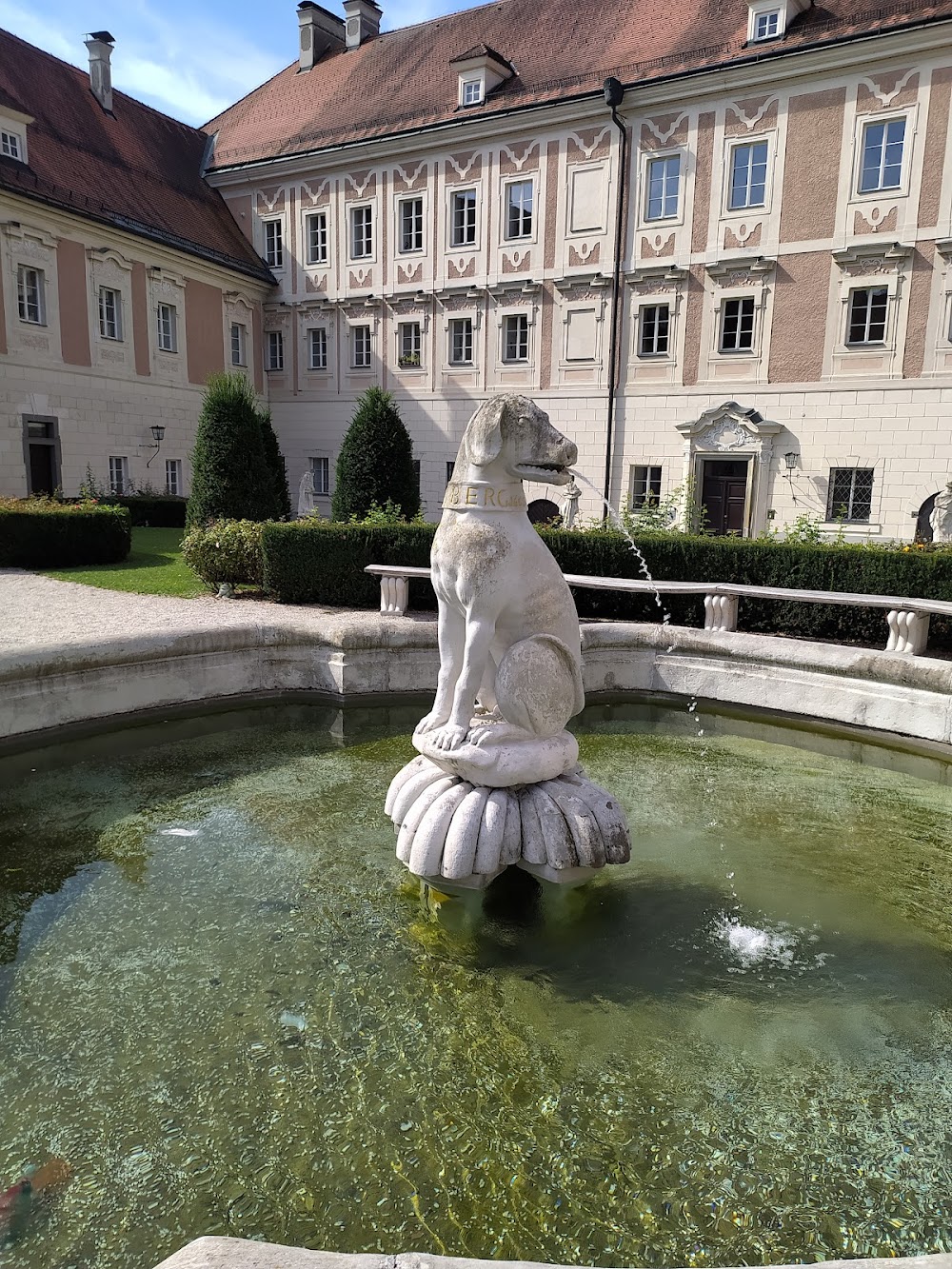Mauthausen Memorial (KZ-Gedenkstätte Mauthausen)
Related Places
Overview
The Mauthausen Memorial is located in Upper Austria and stands as a poignant reminder of the atrocities committed during World War II. Originally established as a concentration camp by the Nazis in 1938, Mauthausen quickly gained infamy as one of the first large-scale camps, notorious for its brutal conditions and the unimaginable suffering endured by its prisoners.
The construction of the Mauthausen camp began in August 1938, shortly after Austria's annexation by Nazi Germany. The camp was built by prisoners, primarily political dissidents, Jehovah's Witnesses, homosexuals, Roma, and Jews, who were subjected to grueling labor, insufficient food, and extreme abuse from the guards. Strategically positioned near a granite quarry, inmates were forced to work in horrific conditions, often leading to debilitating injuries and death.
Mauthausen was categorized as a "Grade III" camp, designated for the "incorrigible political enemies of the Reich." This classification justified the exceptionally harsh treatment meted out to inmates. Throughout its operation, approximately 200,000 prisoners passed through Mauthausen, with estimates suggesting that over half perished due to overwork, starvation, disease, and execution.
Among the camp's most infamous features was the "Stairs of Death." Prisoners were compelled to carry heavy blocks of stone up 186 steep and uneven steps from the quarry to the camp. Many fell under the weight, and those unable to continue were often pushed to their deaths by guards. This harrowing stairway serves as a powerful symbol of the extreme cruelty and inhumanity faced by Mauthausen's inmates.
The camp also included several subcamps designed to exploit prisoners further for labor in nearby industries. Conditions in these subcamps were equally brutal, marked by minimal regard for human life. Liberation came on May 5, 1945, when American forces arrived and freed the remaining survivors. The horrors of the camp became painfully evident during this liberation, revealing the genocidal policies of the Nazi regime.
Following the war, the site remained largely abandoned until 1949, when it was designated a national monument. Efforts to honor the memory of the victims and educate the public began in earnest. The Austrian government, along with survivor organizations and international support, worked tirelessly to transform Mauthausen into a memorial and museum.
Today, the memorial encompasses the preserved stone quarry, the "Stairs of Death," and several original camp buildings, including the main gate, barracks, and crematorium. Exhibits display artifacts, photographs, and documents that recount the harrowing experiences of the prisoners. Survivor narratives provide personal insights into life in the camp, highlighting the resilience of the human spirit in the face of unspeakable suffering.
In addition to preserving the camp's physical remnants, new structures have been added to enhance visitors' understanding of the historical context and impact of the Holocaust. A visitor center offers educational resources and hosts events centered on remembrance and human rights. Regular guided tours, commemorative ceremonies, and educational programs ensure that the stories of Mauthausen's victims and survivors are not forgotten.
The Mauthausen Memorial stands not only as a site of remembrance but also as a vital warning. It serves as a testament to the importance of confronting atrocities and the dangers of intolerance and authoritarianism. Through its preservation and educational initiatives, the memorial strives to foster a commitment to human dignity and the prevention of future genocides.









